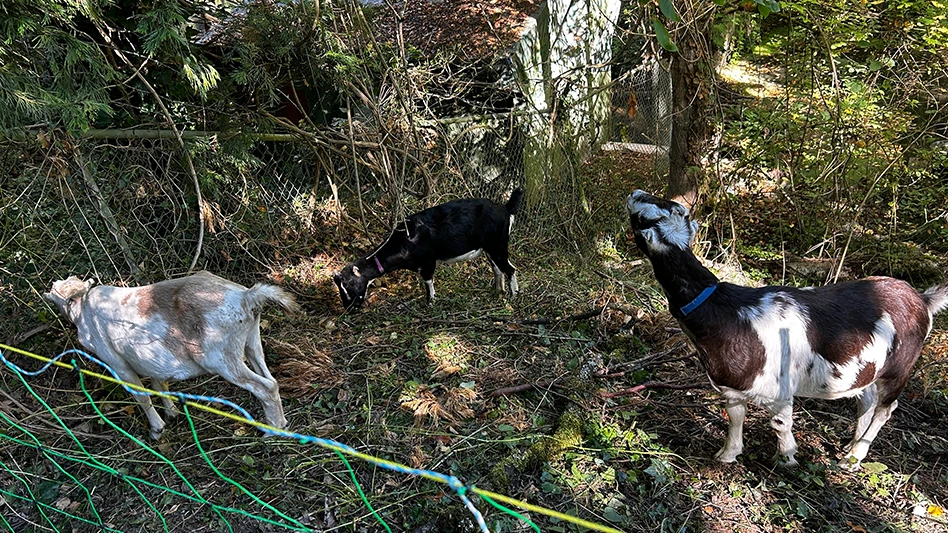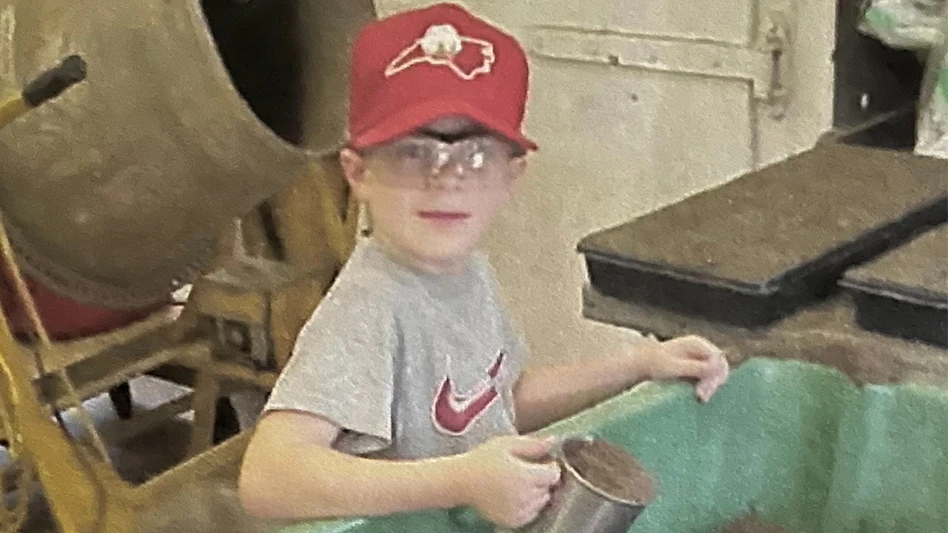
Guy Cipriano (2)
Sometimes somebody performs a daunting task at such a high level they make others forget the challenges they are overcoming.
Steve Wilson fits that description.
Wilson is the superintendent at Millburn Country Club, a 105-year-old private club tucked within an Overland Park, Kansas, neighborhood. A William Langford design, Millburn features a blend of holes playing left and right, rolling zoysiagrass fairways, and a desirable balance of shade, strategy, sweeping views and turf health obtained via a decade of thoughtful tree management.
The club supports charming golf ground where the greatest charm resides atop and below the lowest-cut surfaces. The greens are spacious with enduring slope. They’re akin to something Langford likely designed during the Golden Age of golf course architecture. “They are cool greens and they kind of make the golf course,” Wilson says.
Working with Kansas City-based architect Todd Clark, Millburn has carefully enhanced various parts of the course with one notable exception. Instead of rebuilding its four acres of greens to USGA specifications, Millburn opts to keep its delightful push-up greens intact. Clark advocates for sticking with a great thing as long as managing the A1/A4 bentgrass surfaces doesn’t overextend Wilson and his team.
“Architecturally, I love the greens,” Clark says. “They are awesome. If the agronomy works and Steve can manage them like he’s doing, I wouldn’t touch the greens. It’s the character of the golf course and it would be hard to core them out and put them back. And you can’t probably keep these slopes that you have if you go to USGA greens. There are some severe greens, but that’s what makes Millburn.”
Severe, yet beloved, greens constructed for a different era. A Transition Zone growing environment. Private club expectations.
In a typical superintendent fashion, Wilson resorts to humility and science when describing how his team overcomes significant obstacles, especially during July and August, to produce elite push-up greens.

“It’s a lot more stressful in the heat of summer,” Wilson says. “We probably manage water a little bit different than somebody with USGA greens. We do get out on them and do the good, old-fashioned light syringe two or three times in the afternoons, which a lot of the courses with USGA greens and the newer bents have been able to get away from. They’ll let them wilt and then hit those spots. We don’t seem to get bounce back when we get to that point.”
A 7-inch sand layer has accumulated about the native clay soil. Wilson concedes Millburn’s greens “will never root” like a green built using the USGA method, although seven years of a regular drill-and-fill program help the surfaces withstand weather swings. Overland Park averages 42 inches of annual rainfall, 4 inches above the U.S. average, according to the National Weather Service. The average July high is 88 degrees; the average January low is 20 degrees.
The growing season begins around April 1. Wilson says Millburn “aerifies a bit early” for the Kansas City area, with the process occurring in late March or early April depending on weather. The drill-and-fill is also executed in early April. Light verticutting and topdressing are regular practices until summer becomes steamy. Wilson reduces mechanical stresses at that point.
Greens are aerified again in the fall at what Wilson describes as “a tighter core spacing” than the spring aerification. Practices such as grooming and verticutting resume when summer temperatures cool. Wilson estimates about 10 percent of the green surfaces are covered with Poa annua and he’s turned to PoaCure to help reduce that total. “We are trying to get whatever Poa we have out of the greens,” he says.
Wilson arrived at Millburn in 2013 and Pythium root rot developed into the biggest disease challenge his team faces. “Our member-guest is early to mid-June and we’ll dry the greens down and stress them out for it,” he says. “It seems like when we come out of that is the time we see Pythium root rot.” Brown patch and dollar spot are other disease concerns. Wilson relies on a preventative spray program to keep playing surfaces healthy.
Winter golf is common in Kansas City and Millburn uses its regular greens instead of temporary surfaces when play occurs in December, January or February. Like many clubs, Millburn has seen an uptick of play during nearly every season over the past two years.
Membership is full. The club, which endured a clubhouse fire in 2010, has approved plans to construct a new maintenance facility to replace its current 62-year-old structure.
The ROI for great greens management has never been higher.
Guy Cipriano is Golf Course Industry’s editor-in-chief.
Latest from Golf Course Industry
- The Aquatrols Company story
- Albaugh receives registration for chlorantraniliprole
- Honored by the association he helped expand
- The Carolinas GCSA Conference and Show: 5 W’s preview
- A great game. A sustainable game
- Envu welcomes new campaign activation manager
- Beyond the Page 61: An apprenticeship roundtable
- Epoch Science introduces Plant Fitness turf product line





